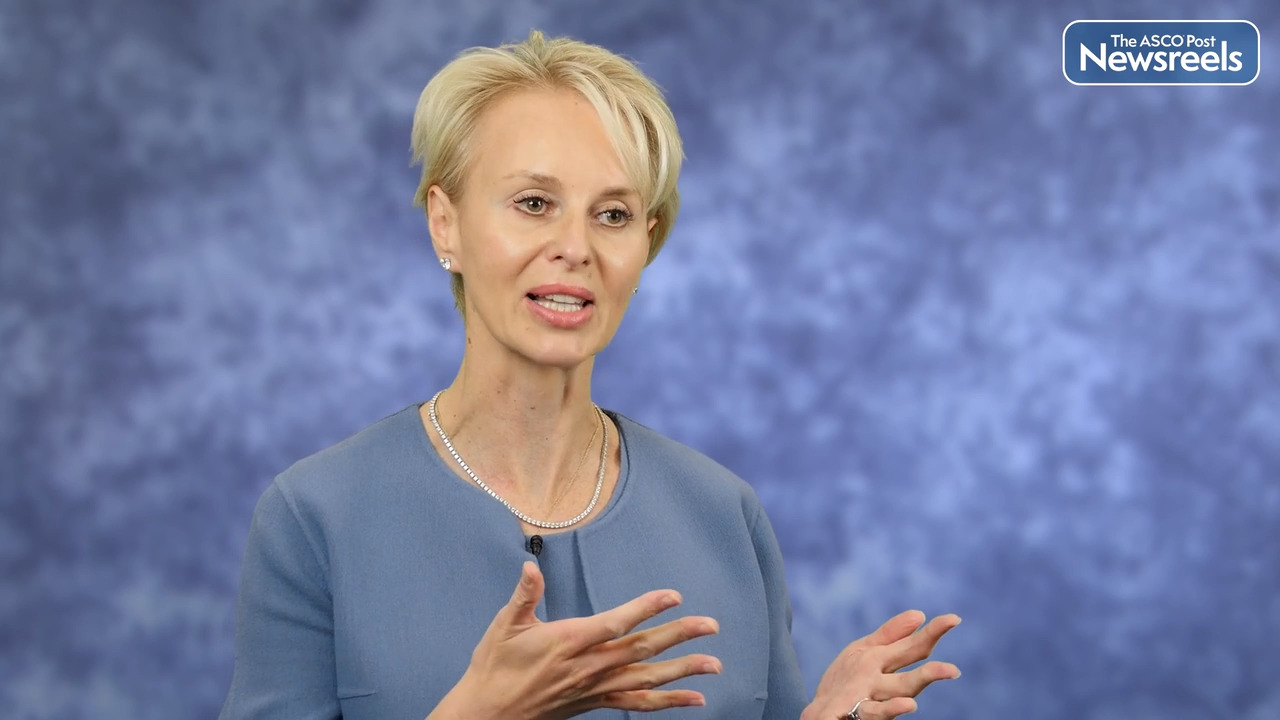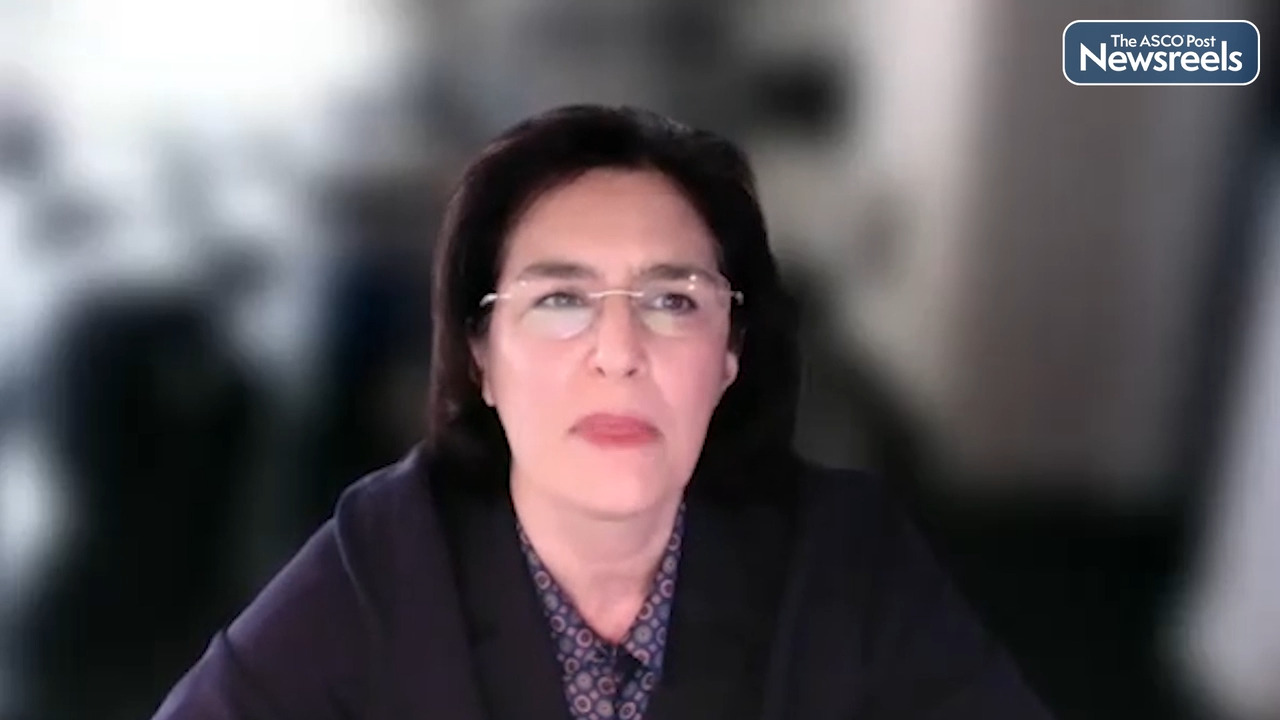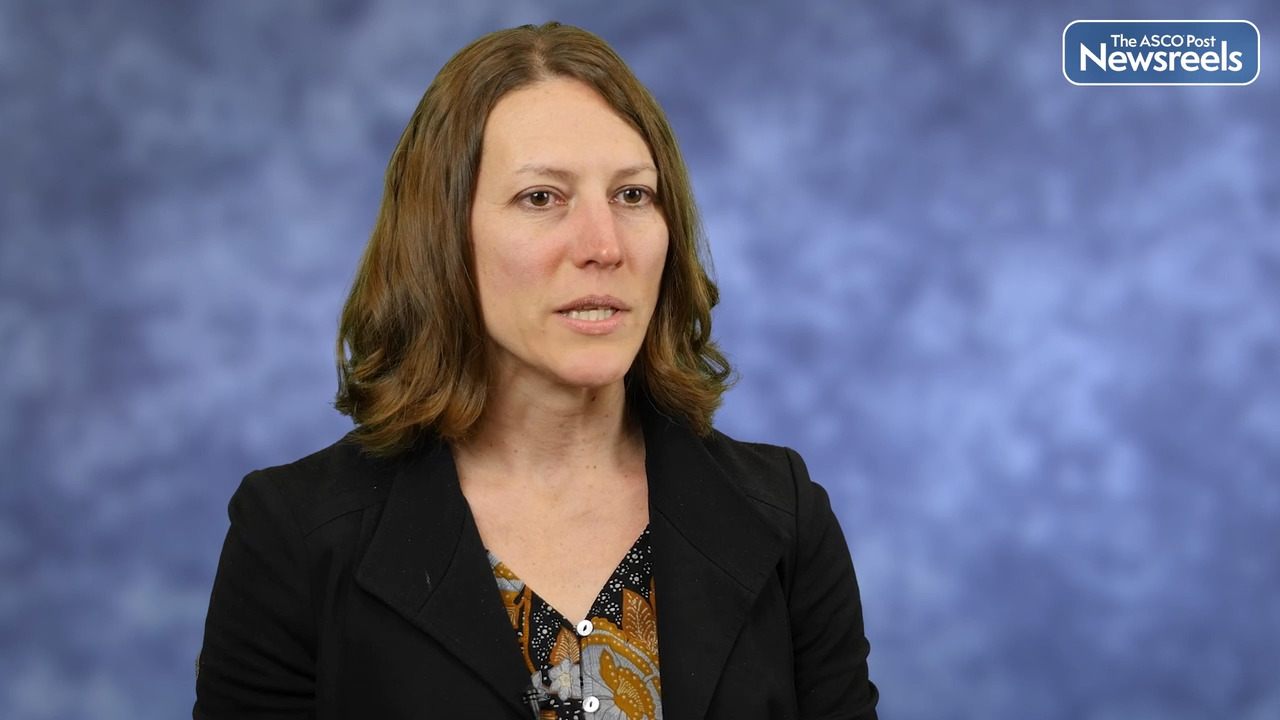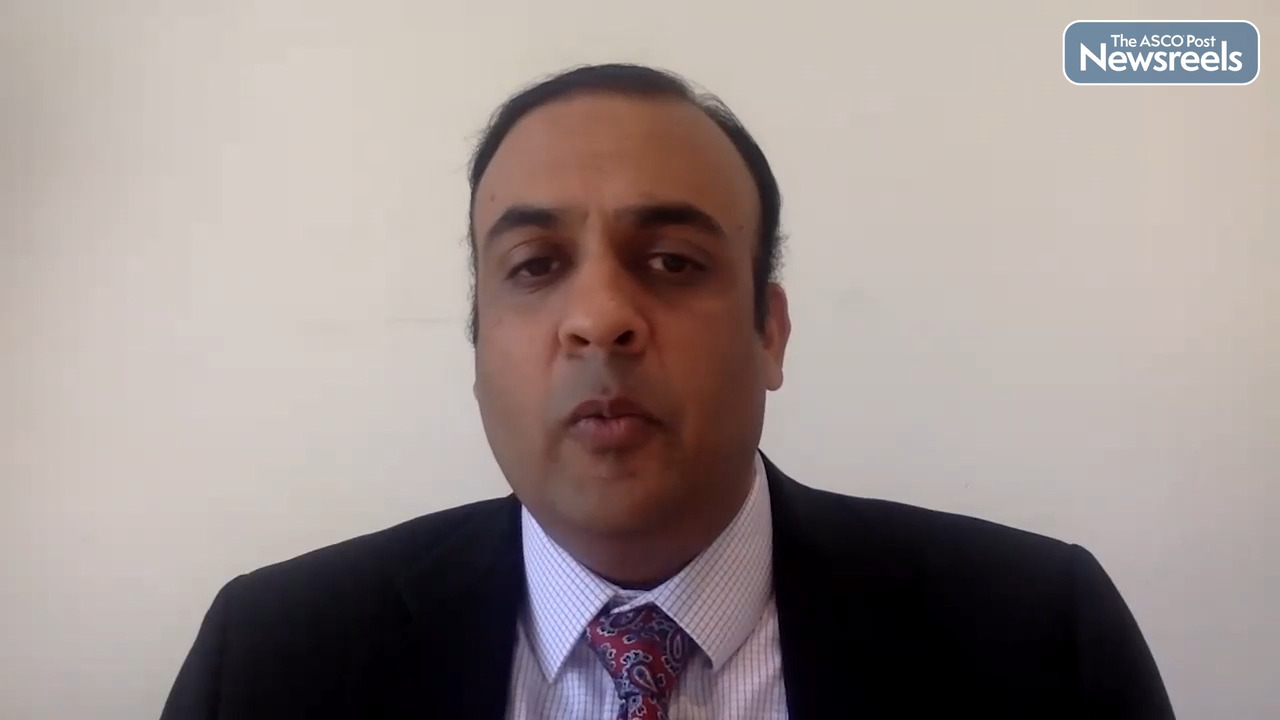Transcript
Disclaimer: This video transcript has not been proofread or edited and may contain errors.
Louis B. Nabors:
The NCCN CNS tumor Committee had a productive year and update was reported at the meeting. There are several big changes that you'll kind of notice and most of these revolve around the sections we call GLIO, G-L-I-O. And so you're going to see some changes that are reflective of a change in the WHO'S classification of glioma. This occurred in 2021 and over the past two years, we've been working to incorporate the classification changes into the guidelines. Much of this will be reflective in some of the titles. Example is GLIO1, we are no longer using the term low grade. We're trying to avoid that, GLIO1, which are what we now call circumscribed gliomas, compromised pilocytic astrocytomas, subependymal giant cell astrocytomas, and pleomorphic xanthoastrocytomas, which can be Grade 2, but these are more circumscribed. GLIO2 is oligodendroglioma. What you'll notice for GLIO2 and 2, which are oligodendroglioma and astrocytoma, the title includes a molecular classification, IDH mutation.
In addition, on astrocytoma, which is GLIO3, you will notice a new astrocytoma which is called astrocytoma WHO 4, IDH-mutated. These previously were included in glioblastoma, but if they are IDH-mutated, they will fall under GLIO3. In addition, we've inserted a new category, which is GLIO9 for the H3 mutated glioma. These include the H3K27M and the H3G34. The classification in the pages, now we've moved a section that we called the Principles of Brain and Spine Tumor Systemic Therapy, which was formally called Brain D, we've moved that to follow the algorithm pages, so now the systemic treatment options will follow the page and the algorithm for where those systemic therapies are appropriate. And these are now using the NCCN preference stratification, which are preferred, other recommended, or useful in certain circumstances.
Now we have expanded BRAIN F to include additional information related to molecular testing. All glioma need to have IDH status. They need to have MGMT status, and if there's a question that they could potentially be a glioblastoma, we would highly recommend the inclusion of ATRX TERT EGF receptor status and CDK2NANB. Last couple of points, be alert to the need for treatment response using the RANO Criteria. This is the response assessment in neuro-oncology. It depends on three factors. One is the imaging. The imaging is both the post contrast and the flare. In addition, how somebody is doing clinically and what their dose of steroids is. Be alert to the phenomena of what we call pseudoprogression. This is a change on the MRI which is related to the treatment and not related to the disease. This is very prominent at the first MRI post chemoradiation for glioblastoma or astrocytoma Grade 4, and you should wait till three months post-radiation unless very specific criteria such as enhancement or disease changes outside of the field of radiation are present.





